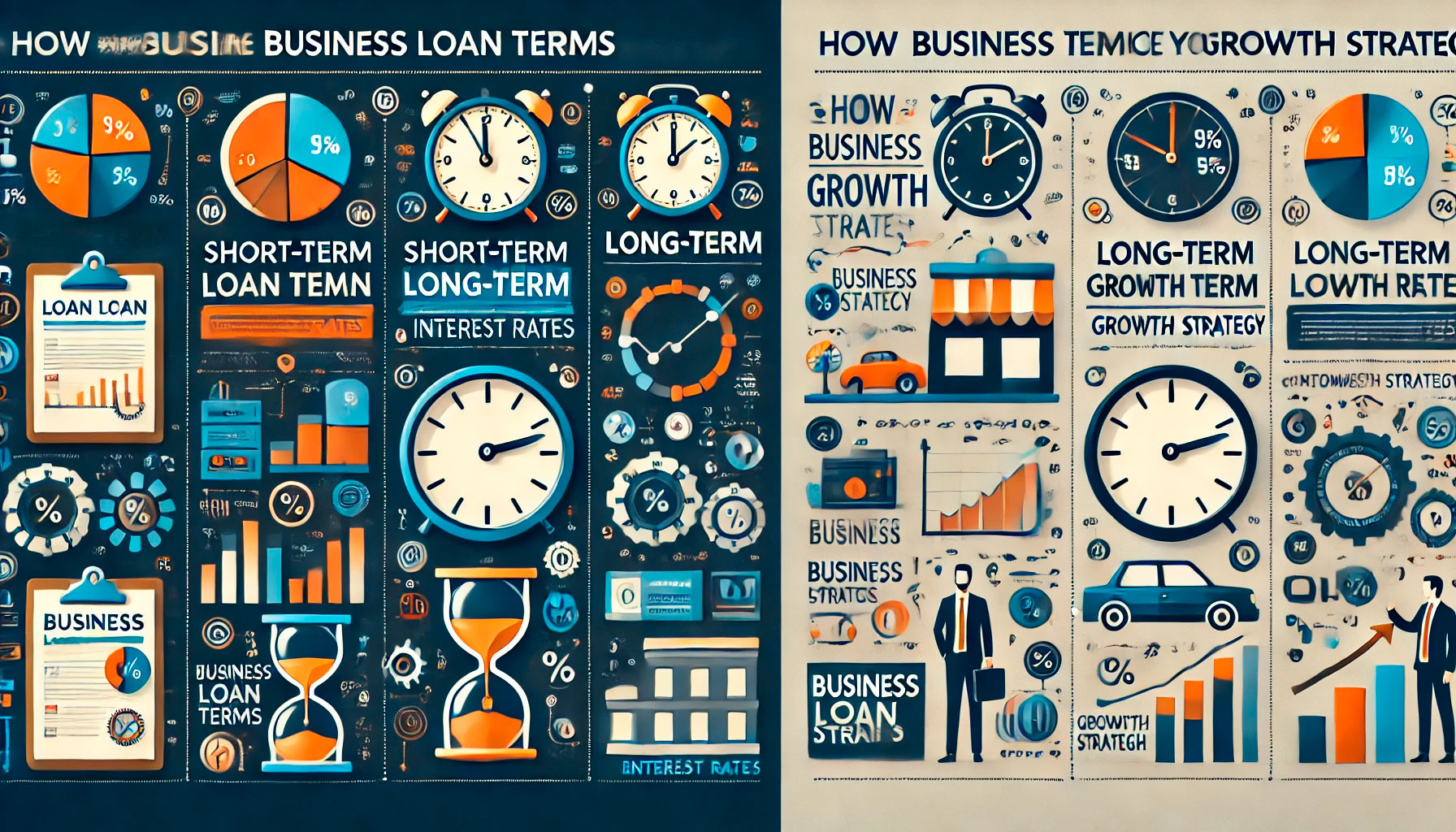
How to Prepare Financial Statements for a Successful Business Loan Application
When applying for a business loan, one of the most critical aspects of your application is the financial statements you provide. These documents give lenders a clear view of your business’s financial health and its ability to repay the loan. Well-prepared financial statements can significantly improve your chances of approval and help you secure better terms. This guide will take you through the essential financial statements required for a loan application and how to prepare them for success.
Why Financial Statements Matter
Providing Transparency to Lenders
Lenders use financial statements to evaluate your business’s stability, profitability, and overall financial management. By analyzing these documents, they can assess the risk associated with lending to your business. Providing clear and accurate financial statements demonstrates your transparency and gives lenders confidence that your business is well-managed.
Demonstrating Financial Health
Financial statements showcase your business’s financial health over time. Lenders want to see consistent revenue, manageable expenses, and responsible debt management. These documents will help them determine whether your business generates enough cash flow to cover loan repayments and whether it has the potential for growth.
Essential Financial Statements for Loan Applications
1. Income Statement
The income statement, also known as the profit and loss statement (P&L), shows your business’s revenues, expenses, and profits over a specific period—usually quarterly or annually. This statement provides lenders with insights into your business’s profitability and efficiency in managing expenses.
Key Components of an Income Statement:
- Revenue: Total income generated from sales or services.
- Cost of Goods Sold (COGS): Direct costs associated with producing goods or delivering services.
- Gross Profit: Revenue minus COGS.
- Operating Expenses: Costs such as rent, salaries, utilities, and marketing.
- Net Profit: The remaining income after deducting all expenses.
To prepare a strong income statement, ensure that all revenue streams and expenses are accurately recorded. Demonstrating a healthy profit margin will reassure lenders of your business’s viability and its ability to repay the loan.

2. Balance Sheet
A balance sheet provides a snapshot of your business’s financial position at a specific point in time. It shows what your business owns (assets), what it owes (liabilities), and the difference between the two (equity). This statement helps lenders assess your business’s financial stability and ability to meet short-term and long-term obligations.
Key Components of a Balance Sheet:
- Assets: Include current assets like cash, inventory, and accounts receivable, as well as long-term assets like property and equipment.
- Liabilities: Include current liabilities like accounts payable and short-term debts, as well as long-term liabilities like loans and mortgages.
- Equity: Represents the owner’s investment in the business, plus any retained earnings.
When preparing your balance sheet, make sure all assets and liabilities are accurately listed. Lenders will use this information to assess your liquidity (ability to meet short-term obligations) and solvency (ability to meet long-term debts).
3. Cash Flow Statement
The cash flow statement tracks the movement of cash in and out of your business. It details how well your business generates cash to cover operating expenses, pay debts, and invest in growth. This statement is crucial for lenders because it shows your business’s ability to maintain positive cash flow and repay the loan.
Key Components of a Cash Flow Statement:
- Operating Activities: Cash generated from core business operations, such as sales and expenses.
- Investing Activities: Cash used for investments in assets like equipment or real estate.
- Financing Activities: Cash received from or used for loans, investor contributions, or dividend payments.
A positive cash flow from operating activities is a strong indicator of your business’s financial health. When preparing this statement, ensure all cash transactions are recorded, and emphasize the stability of your cash flow.
Additional Documents Lenders May Require
1. Tax Returns
Lenders often request business and personal tax returns for the past two to three years. These documents provide a verified record of your income and help lenders assess your tax obligations. Make sure your tax returns are accurate and filed on time, as discrepancies between your tax returns and financial statements could raise concerns for lenders.
2. Accounts Receivable and Payable Reports
Lenders may also ask for detailed accounts receivable (AR) and accounts payable (AP) reports. The AR report shows the money owed to your business by customers, while the AP report details what your business owes to suppliers. These reports help lenders assess your business’s ability to manage cash flow and meet its short-term obligations.
3. Business Plan
Although not strictly a financial statement, a business plan with financial projections is often required. Lenders want to understand how the loan will be used and how it will contribute to the growth and success of the business. Include detailed financial forecasts that project future revenues, expenses, and profitability.
Tips for Preparing Accurate Financial Statements
1. Keep Your Records Organized
Accurate financial statements start with well-organized financial records. Use accounting software or work with a professional accountant to ensure all transactions are recorded properly and on time. This will make it easier to generate accurate and up-to-date financial statements when needed.
2. Be Consistent in Reporting
When preparing financial statements, use consistent accounting methods across all documents. Lenders need to see comparable data over time to assess your business’s financial trends. Consistency in how you report revenue, expenses, and other figures builds trust with lenders and makes it easier to identify any growth or challenges in your business.
3. Seek Professional Help if Needed
If you’re not comfortable preparing financial statements yourself, consider hiring a professional accountant or financial advisor. A professional can help ensure your documents are accurate, complete, and presented in a way that meets lender expectations. They can also provide valuable insights into areas where you can improve your business’s financial health.
Conclusion
Preparing strong, accurate financial statements is a critical step in securing a business loan. Lenders rely on these documents to evaluate the financial health of your business and its ability to repay the loan. By providing clear, well-organized income statements, balance sheets, and cash flow statements, you can present a compelling case for loan approval. Additionally, supporting documents like tax returns and accounts receivable reports further demonstrate your business’s financial reliability. Taking the time to prepare these documents carefully can greatly improve your chances of success in securing the funding your business needs.
You May Also Like

How to Secure a Business Loan with Bad Credit
September 11, 2024
How Business Loan Terms Can Shape Your Growth Strategy
December 11, 2024
